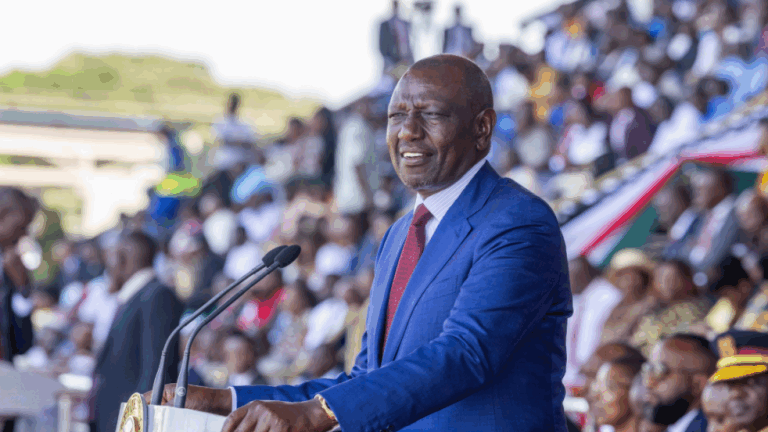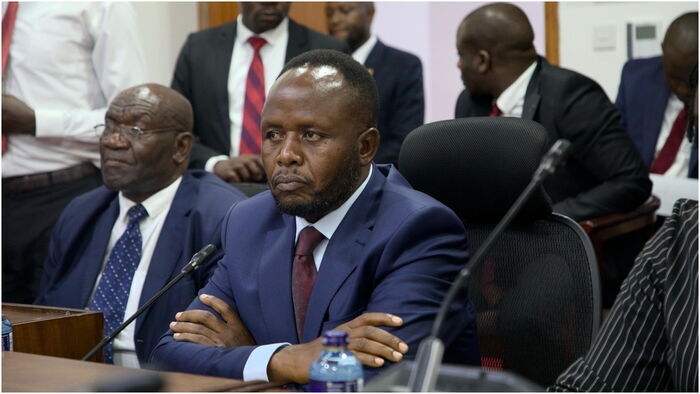
Kenya’s ambitious shift to a fully digital procurement system has erupted into a nationwide governance crisis. What was meant to streamline purchasing and clamp down on corruption has instead choked service delivery, ignited legal backlash, and exposed deep flaws in readiness across all levels of government.
Counties Freeze, Services Crumble.
Since 1 July 2025, Kenya mandated all procurement must be conducted via the new Electronic Government Procurement (e-GP) platform. But the rollout has backfired. In remote and urban counties alike, hospitals, schools, infrastructure projects, and other critical operations have stalled as procurement plans remain undispatched.
The Treasury’s requirement that counties upload budgets via IFMIS before authorizing procurement activity has left many entities simply unable to function. As of early August, only 31 of 47 counties had uploaded budgets, while only four were ready to commence procurement—leaving approximately Sh250 billion of planned spending stuck in procedural limbo.
Governors Strike Back.
Furious at the disruptions, the Council of Governors (CoG) has issued a full-throated dissent. Governors accuse the Treasury of bulldozing the system into counties without proper consultation, capacity, or infrastructure. They make it clear: they will not be “intimidated or compelled.”
Efforts to compel adoption have failed. The CoG has responded by taking the fight to the courts, seeking to block the directive on constitutional grounds and protect the autonomy of devolved governments. “We are frozen,” declared CoG Chair Ahmed Abdullahi.
Legal, Technical, and Social Fallout.
The sudden freeze hasn’t just halted public projects: several lawmakers are raising alarms about the legality and feasibility of enforcing the e-GP without adequate legal frameworks, stable internet infrastructure, or safeguards against excluding marginalized businesses.
Even within the national institutions responsible for oversight, adaptation has been uneven. The Public Procurement Regulatory Authority (PPRA) warns of surcharges for officials who circumvent the system by allegedly backdating purchases to pre-June 30, 2025—clearly desperate attempts to avoid compliance.
The Digital Promise vs. Practical Breakdown.
When unveiled, the e-GP system was lauded as a Ksh560 million investment capable of saving Kenya up to Ksh100 billion annually by reducing fraud and inefficiency. But the reality has been far bleaker.
In counties like Tana River, Kakamega, and Isiolo, staff report login failures, absent training, poor connectivity, and a total lapse in offline alternatives—effectively shutting out an entire strata of small, rural, women- and youth-led businesses.
Critically, the legal framework—namely the Public Procurement & Asset Disposal Act (2015)—does not accommodate digital failures, system outages, or algorithmic tender decisions. Suppliers left in the cold have no formal recourse.
More ominously, opaque data silos now hold procurement records behind secured logins, shutting out public oversight. Transparency, it seems, has become a digital illusion.
What Lies Ahead.
Service delivery is paralyzed, key projects are on ice, and public trust in both technology and institutions is eroding fast. The crisis is not the technology itself—but its rushed implementation without sufficient infrastructure, training, legal updates, or public input.







